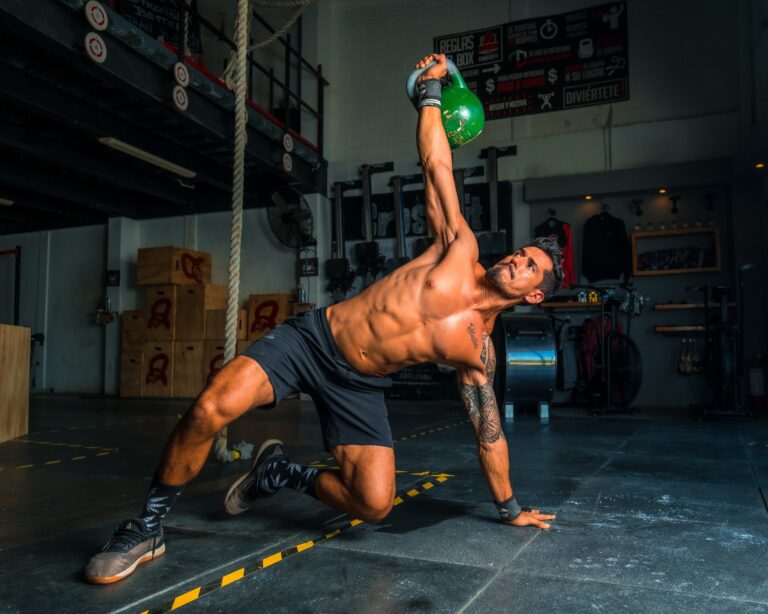
Benefits:
Some of my favourite Coaches who I follow talk about “Balance being King and Strength being Queen”. If you look at how babies and children develop their physical abilities, it’s balance first, then strength later. Strength Training has become much more popular over the last decade or so with most gyms seeing an increase in the use of their strength training facilities. But if you pair that with balance training as well, you maximise your ability to express that strength.
Benefits of Balance Training:
- Reduced risk of falls (and longer life)
- Pain reduction due to ability to switch on and off muscles more effectively
- Improved agility
Benefits of Strength Training:
- Increased Bone Density (and reduced risk of Osteoporosis)
- Improved Posture, if programmed well
- Increased Muscle Mass, which increases Base Metabolic Rate (this means you burn more calories at rest)
- Improved Insulin Sensitivity (and reduced risk of Type 2 Diabetes)
- Improved Body Shape (and feelings of Self-Esteem)
Actions:
At least 2 x per week, do a 20-60 minute Balance & Strength workout.
Ideally, over the course of the week your programme would include a mix of both bodyweight exercise and weight training movements (see notes below for examples of exercises for each).
Balance & Strength Training Notes:
You should try to improve both your capacity to control your own body (Bodyweight Training) and your ability to control external loads (Weight Training).
Balance Training can include work on Swiss Balls, Balance Beams, single leg holds, wobble cushions and more. Vary as much as possible and balance in different positions (prone, kneeling, standing, supine etc.).
Strength Training should focus mainly on compound movements (multiple joints) rather than isolated movements (single joints). These are more like the movements you will perform in everyday life, plus they teach your body to coordinate muscle recruitment correctly. They’re also more time efficient in your training.
Bodyweight Strength Training – Gymnastics Strength Training, Calisthenics, or even Climbing could be thought of in this area. Examples of typical exercises:
- Pull Ups (all variations)
- Climbing Ropes
- Push Ups, Dips, Handstand Push Ups etc.
- Planks, Levers and other Bodyweight Holds
- Leg movements @ Bodyweight – Air Squats, Lunges, Step Ups, Pistol Squats etc.
Weight Training – Cable, Dumbbell, Kettlebell, and other Weight Training movements. Examples of these exercises:
- Cable Press/Dumbbell Chest Press
- Cable Row/Dumbbell Single Arm Row
- Kettlebell Swings, Cleans etc.
- Squats (Kettlebell Goblet or Rack Squat etc.)
- Deadlift (all variations)
- Other weighted leg movements – Lunges, Step Ups etc.
Programming:
You will find endless examples of different programmes telling you varying ways of performing Strength Training. Each will tell you that the rep scheme it’s prescribing is the ultimate way to make progress. However, I don’t think there’s one perfect programme for everyone.
There are some general rules that should be followed:
- Train all six major movement patterns – Upper Body Push, Upper Body Pull, Squat, Bend, Single Leg, Core.
- Vary the movements – change the exercises you’re performing regularly
- Vary the rep ranges – change how many reps you’re doing as well
At Fitness for Life, we particularly focus on functional training that seeks to optimise biomechanics. The movements we use develop balance, decompress the spine, stabilise joints and build functional strength. This is because we particularly focus on unilateral (single leg/arm), contralateral (opposite arm/leg) and rotational movements, which build the oblique slings.